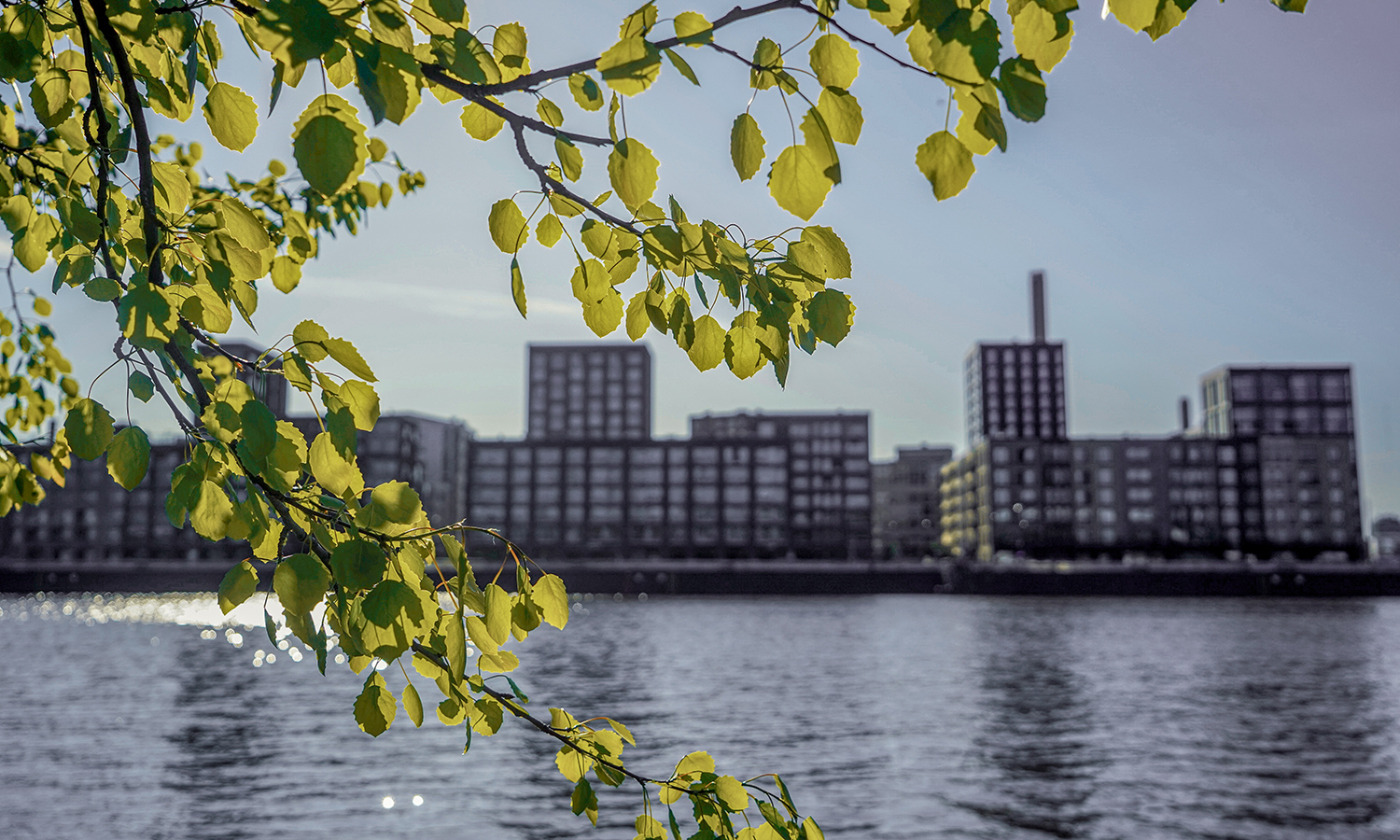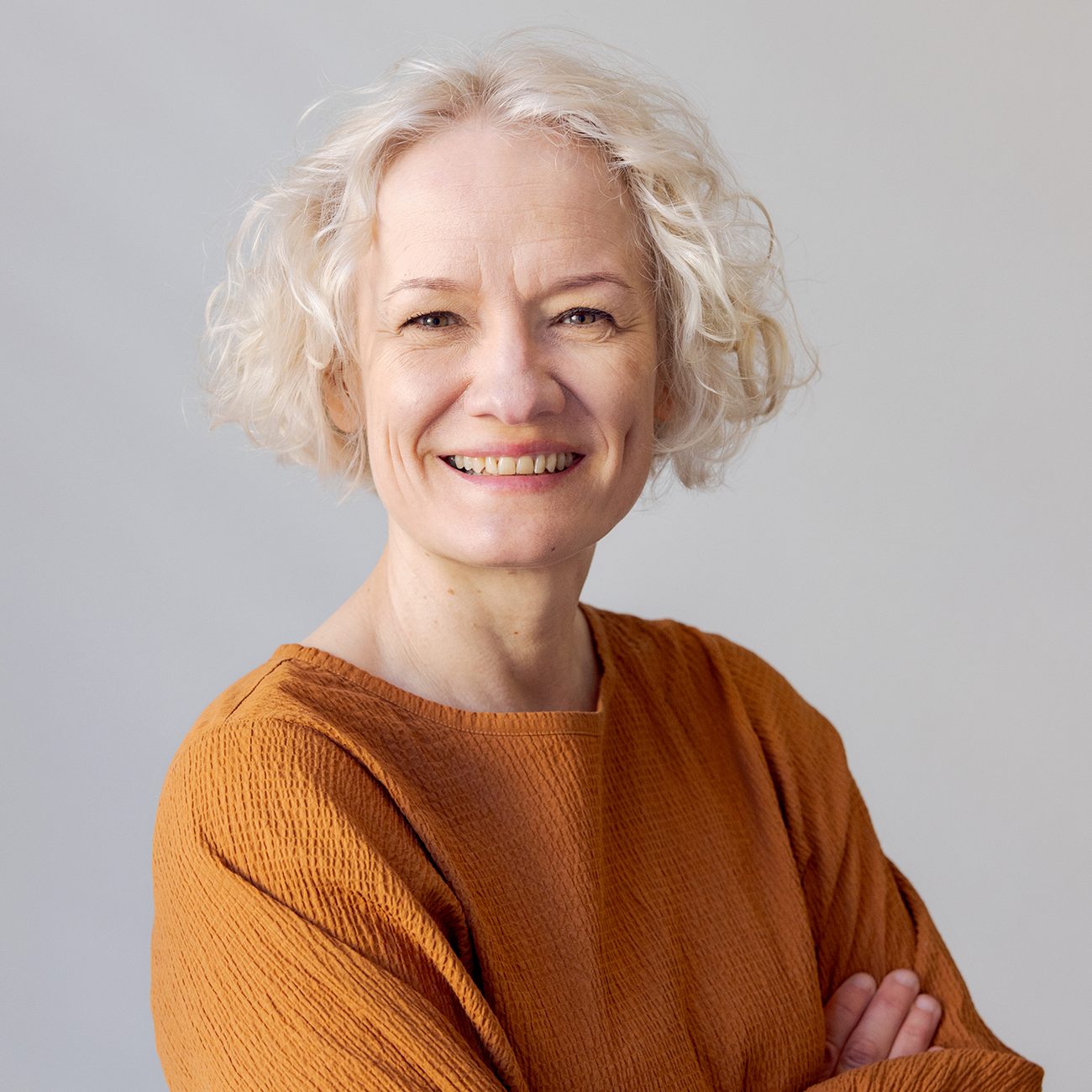Circular economy solutions for construction as a service – propose your solution in the innovation challenge
With this innovation challenge, Helsinki’s circular economy cluster program and the KIRA growth programme are looking for construction services in accordance with the principles of circular economy, which companies in the construction sector could acquire to facilitate the reuse of construction products. The application period ends on 26 April.

The objective of the shared innovation challenge organised by Helsinki’s circular economy cluster program and the KIRA growth programme is to find new kinds of construction services based on circular economy to help construction companies in acquiring reusable construction products or other circular economy solutions. At the same time, the challenge aims at creating a new market and demand for construction products sourced from demolition sites.
NCC, SRV, YIT and Skanska have partnered with Helsinki’s circular economy cluster program and the KIRA growth programme on this challenge.
Experts will coach the selected companies to crystallise their proposals in the spring, and the finalised services will be presented in the demo day event in June. The most promising proposals may be piloted with the partners of the innovation challenge.
What kinds of solutions is the innovation challenge looking for?
The solutions offered may target the reuse of a certain construction product or they may be a more comprehensive service concept concerned with construction product reuse and circular economy.
The innovation challenge seeks completely novel services or existing solutions combined in new ways. The assessment focuses on the novelty value, innovativeness and feasibility of the proposal. The proposed service may still be in its development phase, but it must be ready to be piloted in 2024–2025.
As background for the innovation challenge, we have defined two possible operating models for facilitating the procurement of reusable construction products and creating demand for them.
The two identified operating models are described below to provide applicants with some examples. The proposed solution may be connected to these operating models or it can apply and combine them in a new way. Applicants may also propose new operating models.
Operating model 1: Store
- Available products can be selected and purchased from a product list of an online store. The product specifications contain product histories as well as any accounts and reports. The structural components provided are defined to a certain level with qualification measures carried out to some degree.
- An external operator acquires the products from a demolition site and is responsible for ensuring that they are ready to be sold. The operator may be a general operator with several products in their assortment or an established manufacturer of corresponding new products.
- If the proposed solution is connected to this operating model, it should be operational in less than six months in terms of its degree of completion.
Operating model 2: Reused construction products as a service
- A service acquired for a single site where the structural components of a building demolished to make room for a new building are inventoried, documented and qualified for reuse on the new site.
- Usable, surplus structural components are sold to other operators and any missing structural components are acquired from other demolition sites.
- This operating model requires close cooperation with the designer of the new building. The operator may know of other projects of their cooperation partners or within their networks that the site can cooperate with.
Participation in the innovation challenge
The solution could be proposed between 2 and 26 April. The application period has ended.
In addition to the basic information requested on the form, the proposed service can be described on a free-form PDF attachment, which may contain the following, for example:
- Description of the solution/service as a graph including central operators and possible clients
- Description of the information, skills or cooperation required of the client
- Cost formation
- Other illustrative material
The maximum length of the attachment is three (3) A4 pages, cover included. Attachments larger than three pages will not be acknowledged.
The applicant must have a valid European business ID. Teams consisting of several operators may also participate in the innovation challenge, in which case they must appoint and name one contact person on the application.
The proposals are selected for the second round based on the information on the application form and any attachments. If the solution is selected for the second round, the information on the form no longer impacts the final assessment during the demo day event in June.
Selected companies are invited to the coaching day event on Friday 17 May, after which the proposals can be amended based on feedback. The finished solutions are demonstrated during the demo day event on Wednesday 12 June, where the jury will select the pilots that may advance to execution.
Photo: Beatrice Bucht, City of Helsinki
